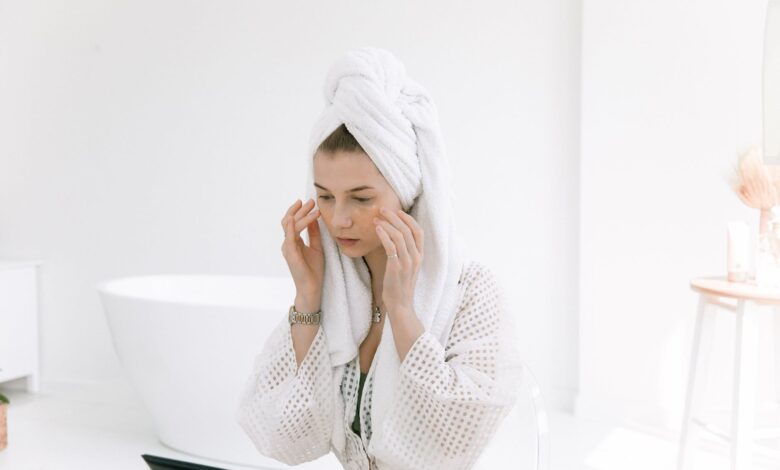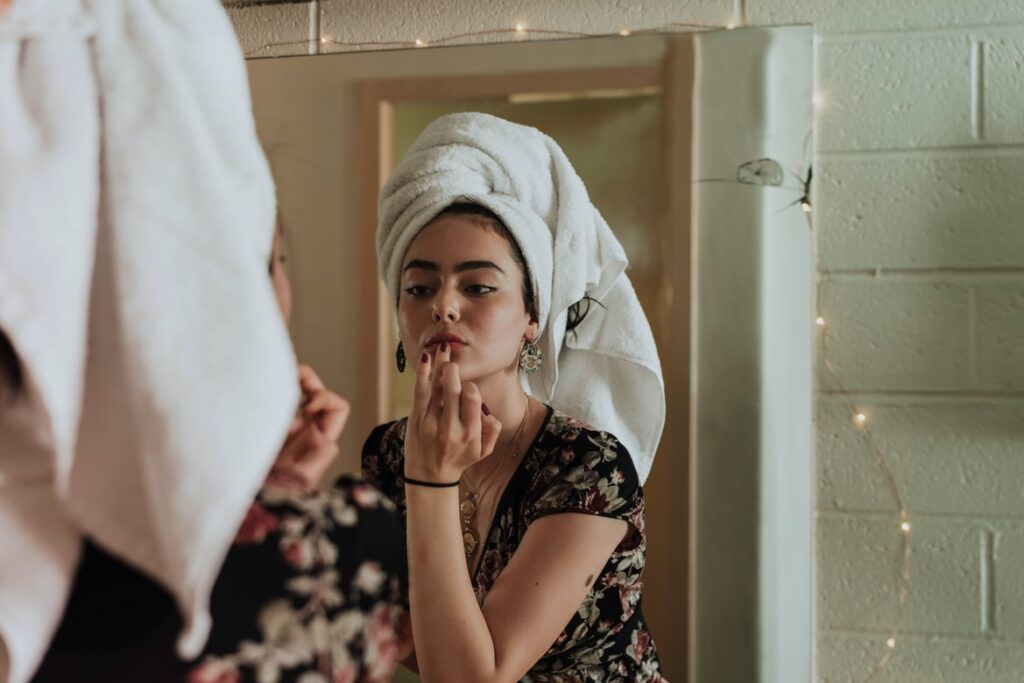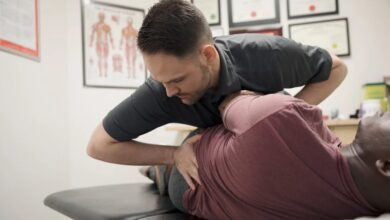
How Technology Has Improved Acne Treatment
Dealing with acne as a teenager or adult can be a frustrating experience for many. Over-the-counter products don’t always work, and making appointments with doctors and dermatologists takes time and coordination. Plus finding an effective treatment regimen involves some trial and error.
The medical community knows the factors that contribute to acne. However, all those factors aren’t always at play for every patient. Each person also responds differently to treatments since genetics and hormones strongly influence acne and its severity. Technology, though, is helping acne treatment evolve and putting more control in patients’ hands. Below are some examples of how tech is providing more solutions in the fight against acne.
At-Home Consultations

Scheduling appointments with dermatologists is no longer your only option if you’re concerned about your acne. Those who’ve tried a series of over-the-counter products without much luck need prescription medicine. Treatments including antibiotics and tretinoin creams are stronger solutions for some of the causes of acne. But getting a prescription requires a consultation with a skin specialist or your doctor so they can evaluate your condition.
With the internet and a smartphone’s camera, online acne treatment is now a possible solution. You can take and send pictures of your skin to a medical provider who will evaluate your acne. They’ll review details about when your skin started breaking out and how it’s reacted to other treatments. A provider such as Nurx will then recommend a set of prescriptions that you’ll start receiving at home.
In most cases, online treatment options are covered by insurance. Your out-of-pocket costs will depend on your copay and the number of prescriptions a medical provider recommends. Some patients respond well to a combination of oral and topical medications. Others with less severe or persistent acne only need one type of treatment. But in the end, you can still get most of the same prescriptions you need to clear your skin. And you won’t have to sit in an office or wait in line at a pharmacy.
Portable Blue Light Therapy

Blue light therapy is an option for patients whose acne hasn’t responded to conventional treatments. Although the research is mixed, some studies have shown the method can lead to less severe breakouts. Blue light helps get rid of acne-causing bacteria on your skin. There is also some evidence the light waves can reduce inflammation within skin cells.
Higher levels of skin inflammation can produce more severe breakouts and cases of acne. Repeated blue light treatments may reduce the size of breakouts and prevent them from becoming more severe. Blue light therapy is still available from a dermatologist, but you can also buy at-home devices. Some of these devices are portable enough to fit in a pocket, travel bag, or purse.
Portable devices that emit small waves of blue light let you target individual blemishes. Some patients also use them in problem areas to stop emerging breakouts from becoming worse. Hormonal acne, for instance, tends to occur in the chin area and along the jawline. Female patients that experience monthly breakouts in these areas can use portable blue light devices to supplement other treatments. Larger, portable mask devices for the entire face are also available.
Exfoliation and Microdermabrasion Devices

Since one of acne’s causes is skin cells that don’t shed fast enough, exfoliation and microdermabrasion can be effective. In fact, tretinoin creams and chemical peels essentially force the skin to rapidly turnover cells. However, the chemicals can be harsh and increase your skin’s sun sensitivity. Some patients also don’t like the side effects, which can include a temporary increase in breakouts and noticeable peeling.
There are also skin cleansers and over-the-counter scrubs that contain exfoliating ingredients. Still, individuals with sensitive skin can find that even these products are too irritating. Technology has expanded options for acne patients who want to try exfoliation or microdermabrasion without chemicals.
Handheld devices use battery power and repetitive motions to exfoliate the skin and remove dead skin cells from the pores. Some of the devices feature options to massage and tighten the skin’s pores afterward. Other devices combine microdermabrasion tools with blue and red LED light therapy. After getting rid of dead skin cells, you can use the light feature to tackle any remaining bacteria.
Photodynamic Therapy

Patients with cystic acne or other types of severe cases usually experience problems with finding an effective treatment. Inflammatory and severe acne is less likely to respond to antibiotics and standard topical treatments like clindamycin. Isotretinoin has previously been the only last resort for severe cases that are unresponsive and prone to scarring.
While isotretinoin is often touted as the closest thing to a cure, it comes with a laundry list of side effects. Some of those can be serious, such as birth defects, hair loss, and suicidal thoughts. Because of the range of side effects, patients on isotretinoin have to register with the iPLEDGE program. Part of the program’s requirements includes monthly doctor visits. Female patients have to be on two forms of birth control and take monthly pregnancy tests.
Photodynamic therapy, however, is showing promise as an alternative to isotretinoin for cystic and severe acne patients. The therapy involves the application of photosensitizers and a combination of blue and red light. Photodynamic therapy can kill acne-causing bacteria and reduce inflammation. Like isotretinoin, it can also change your skin’s oil glands and cause them to produce less sebum. The therapy does require in-person visits with a dermatologist or doctor.
Conclusion
Treating cases of acne isn’t what it used to be thanks to technology. Patients have options that are less invasive and don’t always require an in-person doctor visit. Online and at-home solutions are at patients’ fingertips. Innovative solutions can address moderate to severe cases without medications or abrasive chemicals. As acne treatments continue to evolve and improve, tech will undoubtedly be responsible for their advancement.




